My husband is a history nut and I decided I am not going to let him get me under. I am going to research and find information. Educate myself.
You might think it strange that I chose the San people. Well here is some short background:
When we where little kids (I was four years old) my late dad worked for the army in Kimberly, South Africa. After working his way up at 3 Sai he became the trainer/instructor of the San people. Helping them learn the drills etc. that they had to know. But learned more from the. He learned their culture, their ways. I remember reading in one of his diaries how they taught him to track animals etc. If I understand correctly that was one of their main tasks way back then, prior 1992, to help the soldiers track their enemies. I have been searching through my dad's boxes for all his photo's but only found one of the San leader way back then, at my dad's funeral. Forgive me if I don't want to post a photo of one of the saddest days in my life on Steemit. I had him for four years. RIP.
Back to why I am posting this.
The earliest people in Southern Africa
The san, also known as the Bushmen where some of the earliest hunter-gatherers in Southern Africa. The Bushmen name came from the time when South Africa was a British Colony. According to history the San lived in Southern Africa long before the Bantu-speaking nations and even the Europeans, like Jan van Riebeeck came to Southern Africa.
The San Culture
For the modern man the San will have a very interesting culture, and you will see why.
The San doesn't have a formal authority figure or even a chief like the modern society have. They make decisions by governing themselves and taking a group consensus. When they have any disputes they are resolved by lengthy discussion where the whole "tribe" or even everyone that is involved have a chance to make their thoughts heard until a form of an agreement is reached.
Since they didn't have any set leaders, individuals assumed leadership in the areas where they excelled eg. hunting, healing rituals etc. but they couldn't achieve positions of general influence or power. You could understand that this concept was very confusing for the White colonist because they weren't able to establish treaties with one person.
The San people owned land as a group where that group usually inherited the land by bilaterally Kinship bonds. The group determined the residency on the basis of those who life on that piece of land. Since the San is hunter-gatherers they must obtain permission from other groups when they want to hunt on a piece of land where they don't have residency.
The San wasn't picky eater. They ate anything that they could find in the fields. From antelope, Zebra, porcupine, wild hare, Lion, Giraffe, fish, insects, tortoise, flying ants, snakes (venomous and non-venomous), Hyena, eggs and wild honey.
The meat is boiled or roasted on a fire. The San are not wasteful and every part of the animal is used. The hides are tanned for blankets and the bones are cracked for the marrow. Water is hard to come by, as the San are constantly on the move. Usually during the dry season, these migrants collect their moisture by scraping and squeezing roots. If they are out hunting or travelling, they would dig holes in the sand to find water. They also carry water in an ostrich eggshell.
Their houses.
The San didn't live in brick houses like us. They lived in houses made from materials that they could gather in the fields.
San music and dance.
Some aspects can't be put in words, and their music and words are one off those. Here is a video to show you:
Video Source
Rock art
The San are known for rock art that they have drawn over time. The Bradshaw Foundation have gathered some of these drawings and have created an archive with all their drawings.
Image Source
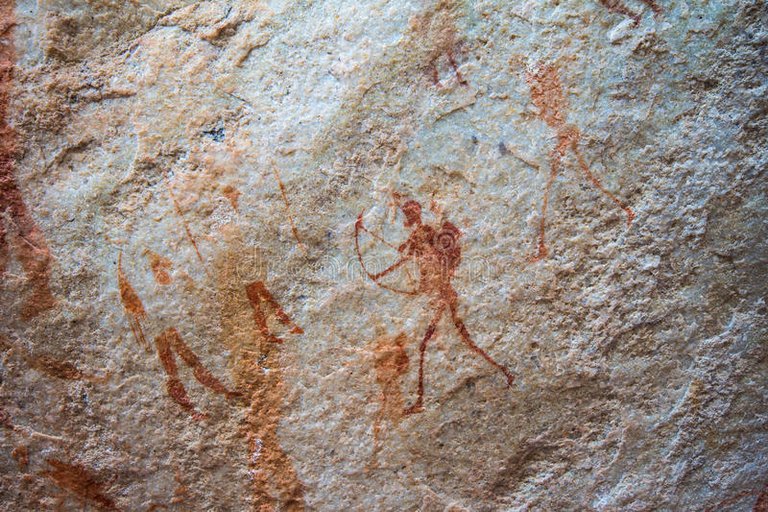
Follow this link to see more.
http://www.bradshawfoundation.com/bushman/index.php
The San today
Sometimes, over time, cultures tend to loose their own identify, but the San has been trying very hard to keep to their roots.
Their language has stayed the same, even though they are just a little group left speaking it.
Video Source
I take my hat of for them trying to stay as close to their roots as possible, even though it is not that easy doing it in a country where land grabs are happening everyday. Luckily for them in the Northern Cape a piece of land has been named a World Heritage Site in order for them to preserve their traditions and heritage.
Follow this link to see more:
https://whc.unesco.org/document/159747
But reality and people's tendency to let cultures die out may result in the San stop existing and might just for our kids, be only visible in museums.
Sources
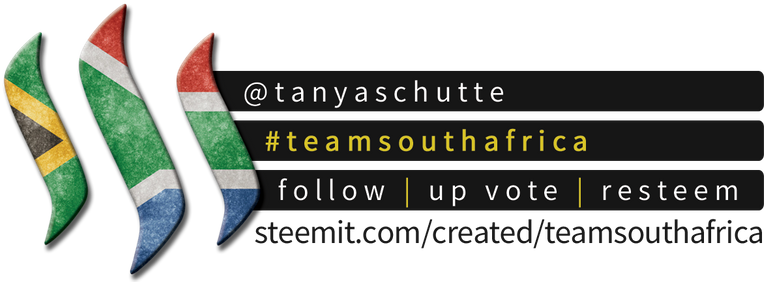
Team South Africa banner designed by @bearone
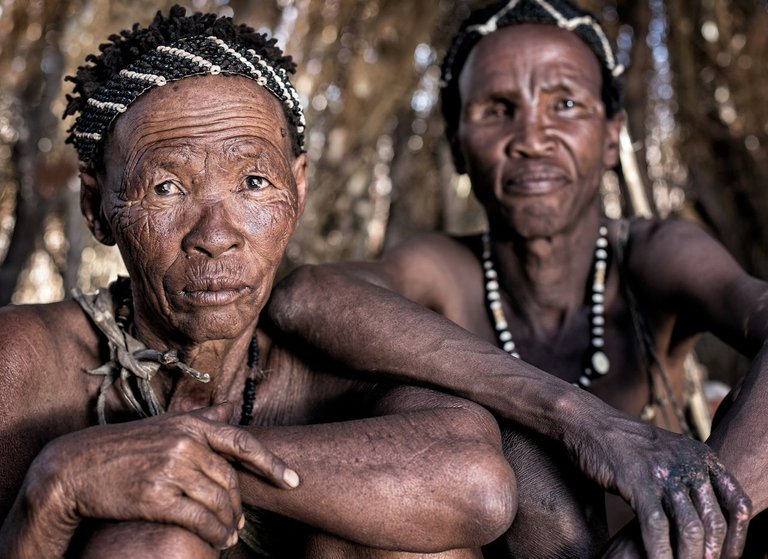
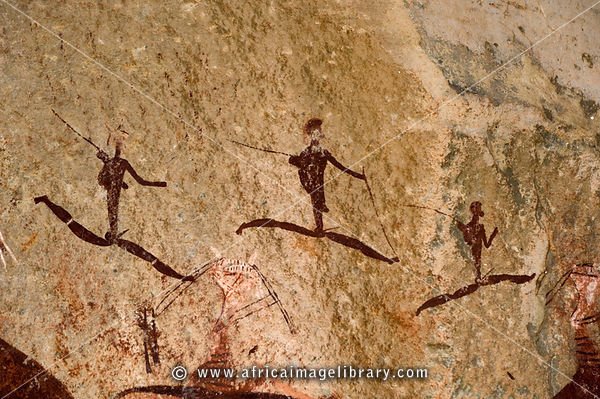
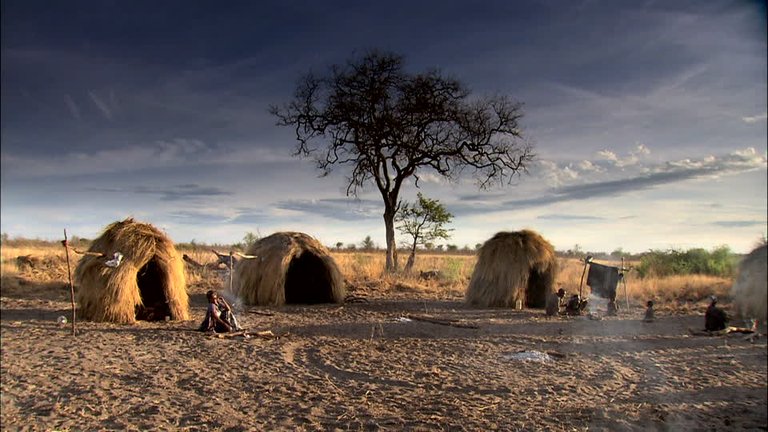
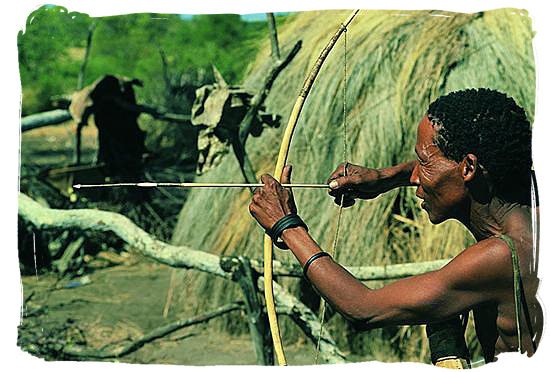
and has received an upvote and a resteem to hopefully generate some ❤ extra love ❤ for your post!
JOIN US ON TWITTERThis post was curated by @steemsouthafrica
Proudly associated with The Power House Creatives
and their founder @jaynie
JOIN US HERE
A lovely historic post here and you can certainly give your husband a go Tanya.
I was in 1 SAI, HQ, in the 70s as a rebel conscript Lol
The San were expert trackers and I am convinced that they can hear an ant walking on the sand hahaha.
Blessings!
Fascinating, our ancestors here in South Africa.
Thanks for this wonderful work. You remind me a lot about my ethnography of Africa class in my university days.
A fascinating people, all people are equal, living off the land with no waste. Never given a fair chance in life since invasion of Europeans and Bantu arrived IMHO. You have presented a nice mix on who they are and how they live.
@tipu curate
Upvoted 👌 (Mana: 5/10 - need recharge?)
@tanyaschutte Thank you for this really interesting post, great to see Kimberley feature, I am originally from Kimberley, and probably have some Khoisan blood, all things considered. Great post. Wrote something not too long ago about the Khoisan, been meaning to do a more comprehensive post, but this is pretty much it.
Voted and resteemed
My Short version post with original images.taken recently
https://steemit.com/photography/@michaeljn/khoisan-bushman-in-the-heart-of-the-karoo-kz0w16ul
hereYour post has been curated by the bitcoin myk project. Tokens are available for this account you can trade for steem at: https://steem-engine.com/. Join our curation priority list to earn more tokens by registering
Visit our discord at: https://discord.gg/n7aCkcr